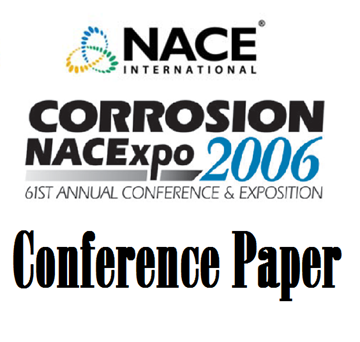Search
10030 Effect of the Cathodic Protection on API X-52 and API X-65 Steels with Different Types of Soils
Also Purchased
06163 CATHODIC PROTECTION OF PIPELINES IN HIGH RESISTIVITY SOILS AND THE EFFECT OF SEASONAL CHANGES
Product Number:
51300-06163-SG
ISBN:
06163 2006 CP
Publication Date:
2006
$20.00
11052 Cathodic Protection Behavior of API X-52 and API X-65 Steels Buried in Natural Soil
Product Number:
51300-11052-SG
ISBN:
11052 2011 CP
Publication Date:
2011
$20.00
96200 THE PIPE-SOIL INTERFACE AND THE -0.85 VOLT CATHODIC PROTECTION CRITERION ON STEEL PIPELINES
Product Number:
51300-96200-SG
ISBN:
96200 1996 CP
$20.00




